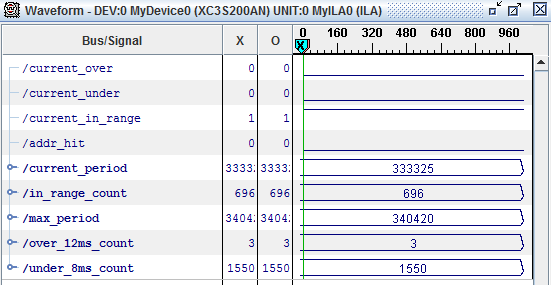Two years ago I was looking at writing a Linux kernel driver with a real-time 10ms loop for a new x86-based CPU card at work. After a bit of back and forth (and some much-needed stress-testing) I ended up with an implementation that worked pretty well, and more or less guaranteed that our 10ms loop would also run with the specified period.
Now I’ve spent the last months working on a new CPU card, and thought that I’d better run the old stress-tests on it also, to make sure that we still have the real-time performance that we’re expecting.
Leave a Comment